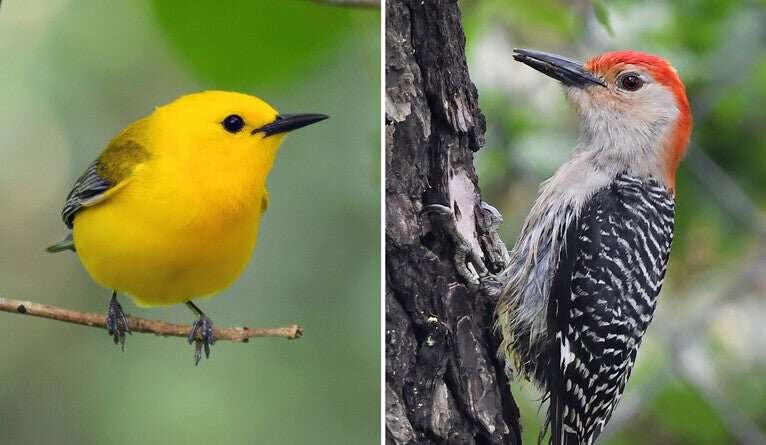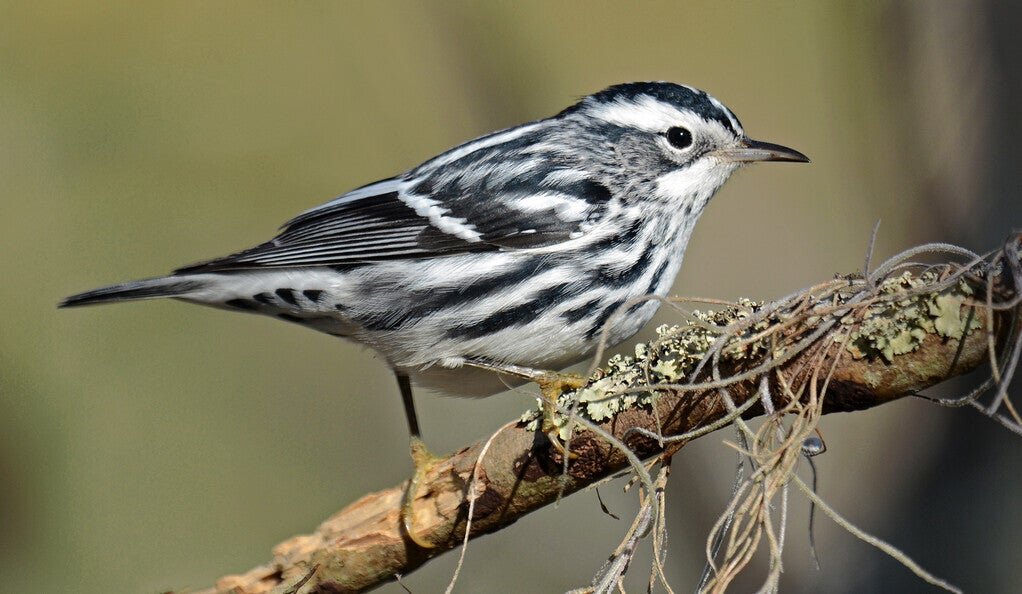From his office in New Haven, Yale ecologist Jeremy Cohen witnesses the complete cycle of the four seasons, experiencing hot and humid summers as well as dry and chilly winters. However, he noticed that many of his research subjects, North American birds, disregard the seasons and instead seek consistent weather conditions throughout their migratory routes regardless of the time of year.
In collaboration with Walter Jetz, a professor of ecology and evolutionary biology at Yale, Cohen conducted a new study to gain insights into how different species of North American birds track their preferred climatic conditions, known as the environmental niche. They aimed to identify which traits, such as diet, body size, or behavior, might predict these tracking strategies across species.
Published in the journal Global Ecology and Biogeography, their study revealed diverse niche tracking strategies among the 600+ bird species analyzed. These strategies were associated with specific ecological traits, such as body size or diet, and involved tracking both average and variable environmental conditions throughout the year.
“We discovered that some migratory species actively track temperature or rainfall to experience consistent weather conditions year-round, while others face significant variations in seasonal conditions,” explained Cohen, who works as an associate research scientist in Jetz’s lab.
Jetz, a prominent member of Yale’s Faculty of Arts and Sciences and the director of the Yale Center for Biodiversity and Global Change, emphasized the importance of this research for understanding bird vulnerability to climate change.
To analyze the environmental conditions experienced by bird species, Cohen used satellite weather data to assess the conditions at each individual occurrence record. This allowed him to evaluate how weather conditions change for each species throughout the seasons, considering both average and variable conditions. Previous studies only focused on average weather conditions, leaving significant knowledge gaps concerning bird ecology and vulnerability.
“For the first time, we can determine which species require consistent average and variable weather conditions throughout the year,” Cohen stated. “This information is critical when assessing vulnerability to climate change, considering the shifting average and variable (or unpredictable) weather conditions.”
Cohen’s findings showed that long-distance migratory birds, like the prothonotary warbler, are excellent niche-trackers. They can seek out their preferred conditions throughout the year. Small-bodied birds, such as vireos, and insect-eaters, like flycatchers, also closely track their niches throughout the year. Conversely, large-bodied birds and herbivorous or omnivorous birds, including many woodpeckers, can tolerate a wide range of conditions.

Identifying strict niche-trackers and species capable of withstanding a broader range of conditions can aid in predicting climate change vulnerability, according to Cohen. Strict niche-trackers may struggle to cope with a changing climate compared to more flexible species. Furthermore, Cohen’s framework can potentially predict vulnerability based on different bird species’ traits, even for species not included in this study.
Obtaining these patterns required synthesizing millions of occurrence records for over 600 bird species, along with 22 years’ worth of weather data from NASA MODIS and CHELSA. Cohen praised the abundance of observational data available today, largely due to the contributions of citizen scientists worldwide. He also utilized a tool developed by his colleagues at the Yale Center for Biodiversity and Global Change to annotate millions of observations with fine-scale weather data across various species.
Cohen sees this study as just the beginning. While birds are well-known for their migratory behavior, other species, such as deer, moose, and butterflies, can also partially track their environmental niches throughout the year. The increasing availability of tracking data for these species holds promise for studying seasonal niche tracking and climate change vulnerability in the future.
While previous research often characterized species as helpless victims of climate change, Cohen’s findings suggest that niche tracking could serve as a tool for certain species to buffer against changing environmental conditions through seasonal movement. However, he emphasized that the unprecedented rate and extent of anthropogenic climate change have pushed many species into unfamiliar territory.
“Understanding how wildlife copes with the consequences of accelerating climate change is crucial. We want to prevent the collapse of ecological communities and biodiversity while preserving ecosystem services,” Cohen warned.
More information:
Jeremy Cohen et al, Diverse strategies for tracking seasonal environmental niches at a hemispheric scale, Global Ecology and Biogeography (2023). DOI: 10.1111/geb.13722
Citation:
Study reveals how birds track environmental conditions across the seasons (2023, July 19) retrieved 20 July 2023 from https://phys.org/news/2023-07-reveals-birds-track-environmental-conditions.html
This document is subject to copyright. Apart from any fair dealing for the purpose of private study or research, no part may be reproduced without written permission. The content is provided for information purposes only.



